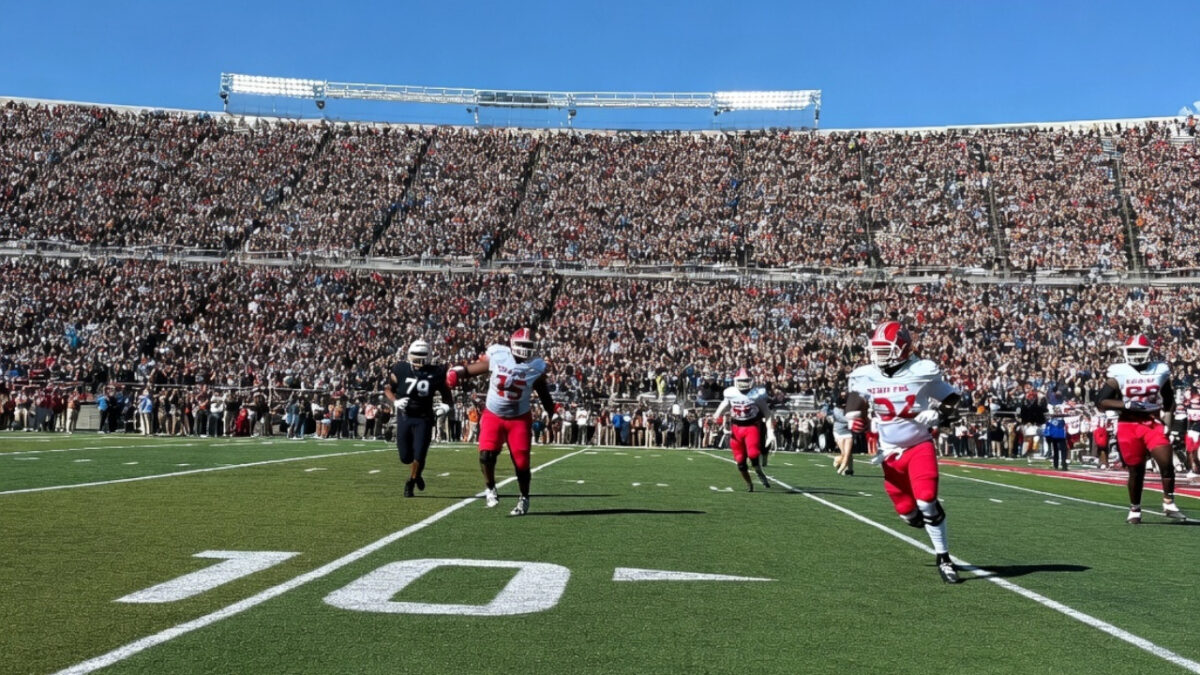George Lynn Cross served as President of The University of Oklahoma from 1943 to 1968. During his 25-year tenure, he oversaw tremendous growth in both the university’s athletic and academic programs. He was instrumental in implementing difficult reforms that raised enrollment and academic standards, while also expanding access for Native Americans and other minorities.
Cross championed meritocracy, achievement through competition, and opportunity for all. Yet, he is most often remembered for his candid remark before an Oklahoma Legislative budget committee when questioned about his request for an additional $5 million for the university. His reply has echoed through history: “We want to build a university our football team can be proud of.” Such honesty is rarely heard in government today.
These kinds of thoughtful questions and direct answers are far deeper than what typically happens in our own legislature in Idaho. Any parent who manages a household budget, or any small businessperson, rancher, or farmer faces tough decisions balancing both processes and philosophies. Every budget raises not just what and how (the process and choices involved), but also a deeper why (the guiding purpose for taxpayer spending). How available resources are divided—such as between Medicaid and education—is always a question of opportunity cost.
Fr. Theodore Hesburgh, famed for his 35-year presidency at Notre Dame from 1952 to 1987, was once asked late in his career about whether the university was exploiting athletes by not paying them, even though they were the “means of production” generating enormous profits. His response went straight to the why: “If they come to Notre Dame and don’t graduate, we have exploited them; if they come to Notre Dame and graduate, with a lifetime skill and the knowledge to be a good citizen, they have used us. The choice is up to them”.
For the 2025 season, college football player compensation has reached historic levels, with total payments nearing $1.9 billion across the industry. This includes direct university revenue sharing and increasingly lucrative Name, Image, and Likeness (NIL) deals, both of which are unequally distributed among teams and players and have no hard caps. Institutional spending on football is highly visible: below are selected projected football revenue-sharing allocations for leading universities, showing team totals and average per player:
| School | Conference | Football Team Share | Roster Size | Avg. Per Player | Cap (2025-26) |
| Georgia | SEC | $17,385,893 | 105 | $165,580 | $20,500,000 |
| Ohio State | Big Ten | $16,459,663 | 105 | $156,759 | $20,500,000 |
| Penn State | Big Ten | $16,836,701 | 105 | $160,350 | $20,500,000 |
| LSU | SEC | $16,689,153 | 105 | $158,944 | $20,500,000 |
| Washington | Big Ten | $16,870,047 | 105 | $160,667 | $20,500,000 |
| Oregon | Big Ten | $16,845,431 | 105 | $160,433 | $20,500,000 |
| Tennessee | SEC | $15,858,594 | 105 | $151,034 | $20,500,000 |
| Arkansas | SEC | $14,986,157 | 105 | $142,725 | $20,500,000 |
| Louisville | ACC | $13,752,132 | 105 | $130,973 | $20,500,000 |
| Minnesota | Big Ten | $15,374,243 | 105 | $146,421 | $20,500,000 |
Non-Power conference schools have far lower revenues and shares—often well below the cap—such as Idaho ($1,029,786) and Colorado State ($4,152,287).
Only about 1.6% of NCAA college football players make it to the NFL, meaning roughly 250–260 new athletes join the professional ranks annually out of a pool of more than 16,000 eligible college players. The investment in labor—the student-athletes—is supposed to yield a return, yet defining that ROI is not simple. It might manifest in increased university visibility or enrollment. Whether a successful football program benefits medical or engineering schools is debatable, but many would argue these indirect effects help to “market” the institution.
What should concern us are the 99% of the 16,000 student-athletes who exhaust their eligibility each year. Has their college experience helped them become better citizens, equipped with lifelong skills to support themselves and their families? Or will they join the 10% of NFL retirees who go bankrupt within 10 years, or the 60% who end up financially distressed?
As a former college football and lacrosse athlete, there was no payment. Labs often conflicted with practice schedules, and although my coaches were never thrilled, they understood the importance of academics. Decades later, I apologized to my coach for missing practices and not reaching my “potential.” He responded graciously: “We got you to where you wanted to be.” Even at a Division III college, I “used” the institution in a way Fr. Hesburgh would support—the process was ultimately sound.
There are still some large Division I schools that keep their priorities straight—universities like Boise State, the military academies, and even Clemson (despite recent challenges) exemplify the “old school” values.
If the true “why” is making money and self-promotion for institutions, then the new NCAA system is, arguably, a success. But there are profound, lifelong lessons to be learned in all sports, and that should be the enduring purpose. Otherwise, the vast majority—the 99%—will bear the cost of NCAA and institutional short-sightedness.
It is time for legislators, college presidents, and all those in authority to stop focusing solely on short-term budgets and again ask the deeper question: Who is supposed to serve whom? Let answers to why guide how budgets are set, for the sake of every student-athlete and for the greater good.


